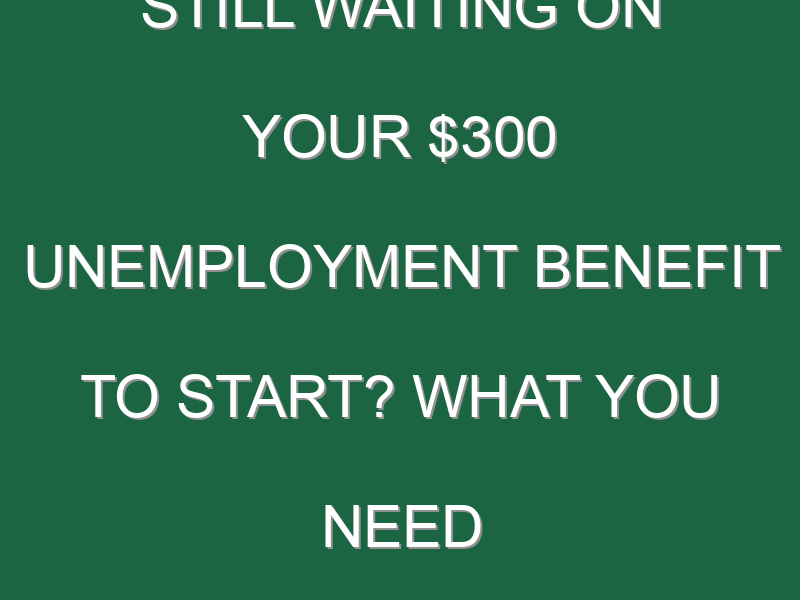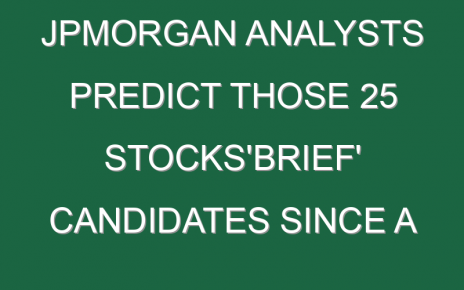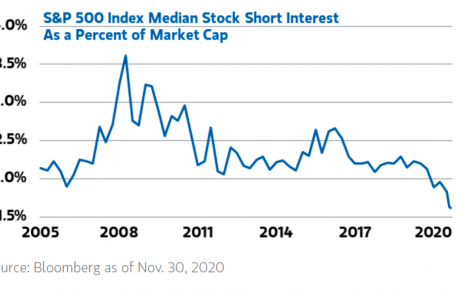The streak of seven consecutive months of job growth has come to an end, as the country netted 140,000 lost jobs in December. Those layoffs come at a time when more than 19 million Americans are still receiving unemployment benefits.
The good news? Aid is on its way. The $900 billion stimulus package signed into law last month will bring back weekly enhanced unemployment benefits: Americans on state unemployment rolls will receive $300 per week in enhanced federal benefits, on top of state benefits, for up to 11 weeks.
While the $300 payments are down from $600 per week provided by the CARES Act through July 2020, it’s still much needed aid to help jobless Americans make ends meet.
But when you might actually get paid is dependent upon where you reside. Here’s what to know.
When will $300 unemployment checks start going out?
The $300 enhanced unemployment checks will be issued for the week ended December 27 through the week ending March 13. But the timetable for when the $300 unemployment payments actually start to deposit will vary by state unemployment system.
Soon after the packaged passed, New York (which has the second largest number of jobless workers on unemployment rolls) announced it that the $300 checks would start for the week of Jan. 3, 2021. The state lived up to its promise and has already started issuing the $300 checks. Other states that have already followed through include Arizona, California, Rhode Island and Tennessee. Some states— like Connecticut, Minnesota, and Washington—say payments will be out soon. The remaining states that haven’t provided details on their plans should do so in the coming days.
The good news? If states delay in sending out the $300 unemployment payments, the benefit will be back paid for the weeks ending between Dec. 27 and March 13. Americans who are eligible for the $300 enhanced unemployment benefits will eventually get it.
Who is eligible for the $300 checks?
The CARES Act, which was passed in March, expanded eligibility for unemployment benefits to include jobless part-timers, self-employed workers, freelancers, and independent contractors. These unemployed Americans covered through Pandemic Unemployment Assistance, along with anyone on traditional state unemployment rolls, will automatically get the new $300 weekly federal benefit.
Those who qualify will get the additional $300 weekly, regardless of their previous wages. This is on top of their state unemployment insurance benefit. For example, a worker in New York who gets the maximum state benefit of $504 per week would receive a total of $804 per week.
What about pandemic benefits like PUA and PEUC?
The stimulus bill extends benefit dates for Pandemic Unemployment Assistance (PUA)—which expands who is eligible for unemployment benefits including gig workers and self-employed Americans—and Pandemic Emergency Unemployment Compensation (PEUC), which grants 13 weeks of additional benefits to qualified individuals after they exhaust 26 weeks of standard unemployment insurance.
The passage of the bill means PUA and PEUC will run through March 13, 2021, and PEUC will climb from 13 weeks to a maximum of 24 weeks.
More must-read finance coverage from Fortune:
- It’s officially a blue wave. What that historically means for stocks
- Democrats plan to use Senate win to pass $2,000 stimulus checks
- This calculator shows the “grim math” of how much leaving the workforce during COVID will cost you
- The fundamental flaw in cap-weighted index funds
- 2 U-turns in 2 days: Why the NYSE finally decided to delist 3 Chinese companies





